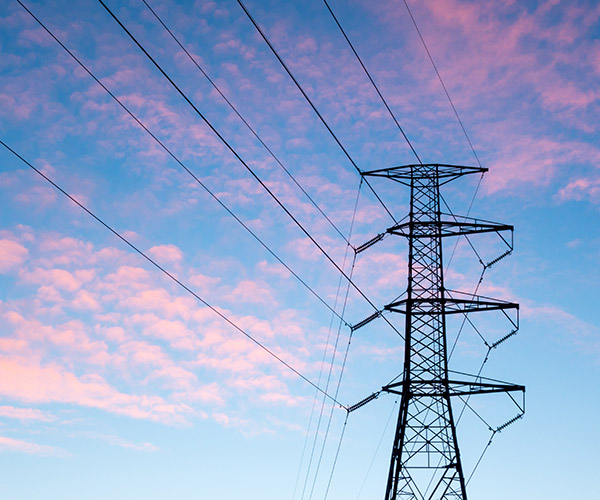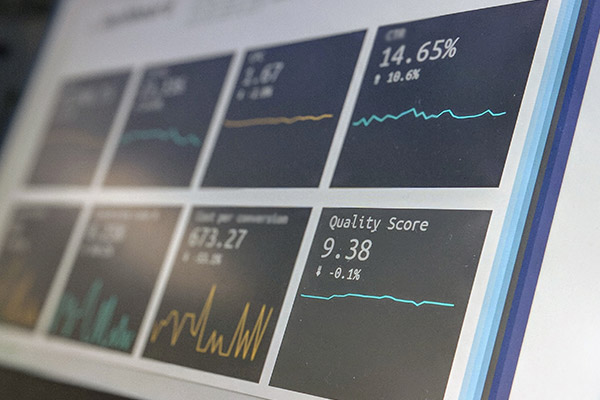Demand
Ready to lower your bill?
Understanding Demand
What is electricity demand and how does it affect TDU Delivery Charges?

Electricity Bills
If you’re going to start a business or are currently running one, you may notice that your electricity bill looks a little different than your residential bill. That’s because business electricity bills are comprised of two usage-based components: an energy charge for the electricity you use over time (measured in kWh) and a demand charge based on the amount of electrical capacity (power) you need (measured in kW / kVA).
Demand Charges
Demand charges come directly from your Transmission and Distribution Utility (TDU) and are based on the highest usage recorded over a 15-minute period within a given month. If your business tends to use a lot of power over short periods, your demand charges will comprise a larger part of your bill. If you use power at a more consistent rate throughout the month, your demand charges will generally be a smaller part of your bill. The way the TDU bills for demand charges is the same for all electricity providers, but some providers may not show the charges as separate line items on their bills.


TDUs
Demand is how much electricity is needed at any moment, and demand charges are based on the maximum amount of electricity your business uses at any point in time, also known as your peak demand. It’s important for TDUs to know your peak demand because they must always be ready to supply that amount to you. Ultimately, TDUs want to be sure they can keep your business running.
Here’s one way to think about demand.
Imagine that every business in your area receives water through a standard pipe, and that’s sufficient for most businesses in your area. But let’s say you have unique needs that sometimes require more water than is possible to deliver through the standard pipe. To meet these peaks in your water needs, the water company must install larger pipes to get more water to you. The added cost to install different sized pipes are covered by a “demand” charge.

Demand charges work the same for electricity. Here’s another example. Assume two businesses use the same amount of electricity each month. The first business uses a steady amount of electricity consistently throughout the month, but the second business uses more electricity at certain times of day or certain days of the month, using a lot of electricity at one time. It will cost the TDU more to meet the electricity needs of the second customer, so the second customer will have higher demand charges and higher electricity bills, even though both customers use the same total amount of electricity. Businesses like restaurants, churches and manufacturing companies tend to have higher electricity demand because they run a lot of equipment (A/C units, appliances, machinery) at once. Although churches may not use as much electricity in total, they are using all of it at the same time, with everything running for a few hours on Sunday.
Your meter measures the flow of electricity to your business in 15-minute intervals. Your period of highest demand, or peak demand, is recorded and shown on your bill. Once your peak demand is established, it remains the same for 12 months unless you reach a new peak. That’s why your bill will show both your actual kW demand peak for the month and your billed kW demand. To determine your billed kW demand, your TDU uses the higher of 80% of the annual peak or the current month’s peak demand.
Log in to your smartmetertexas.com to see what times you’re using the most electricity.Reduce the amount of equipment or A/C units running at the same time. Be especially careful during winter or summer months when heating or A/C units may be working overtime, and keep in mind that electric heat is extremely energy intensive.When you start up your operations in the morning, don’t just flip the switch on all your equipment. Consider a staged start-up, turning on one piece of equipment at a time (maybe one every 20 minutes). You can also create a schedule to ensure that all equipment isn’t operating at full tilt simultaneously.
Upgrade to more energy efficient equipment or downsize your equipment to fit the job. Equipment that’s larger than it needs to be can result in unnecessarily high demand.
Why do TDUs charge businesses for demand?

Need a FAST quote?
Submit your information and we will contact you.
Reach Us
Get in touch with us and we can
bring you worries to a hault.
- (832) 767-0401
- info@quantum-energysolutions.com
- 2 Riverway Dr Suite 375 Houston, TX 77056
Follow us on
© Copyright 2023 Quantum Energy Solutions.
All Rights Reserved.
